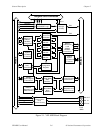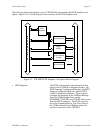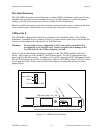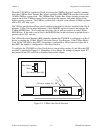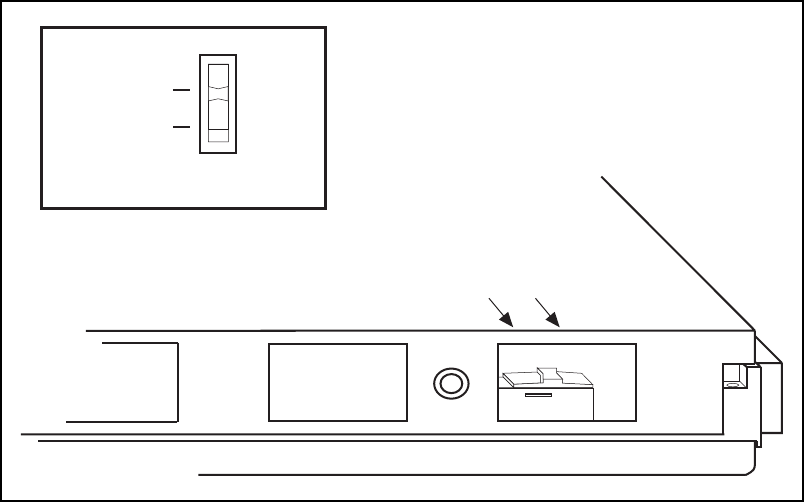
Chapter 3 Configuration and Installation
© National Instruments Corporation 3-5 VXI-MXI User Manual
When the VXI-MXI is installed in Slot 0, it becomes the VMEbus System Controller, meaning
that it has VMEbus Data Transfer Bus Arbiter capability (PRI ARBITER) and that it drives the
16 MHz VMEbus system clock. The VMEbus Data Transfer Bus Arbiter circuitry accepts bus
requests on all four VMEbus request levels, prioritizes the requests, and grants the bus to the
highest priority requester. The VMEbus system clock is driven by an onboard 16 MHz oscillator
with a 50% ±5% duty cycle.
The VXIbus specification defines several additional functions for devices installed in the Slot 0
position. A Slot 0 device must implement a 16-bit MODID register to control and monitor the
VXIbus MODID lines. Slot 0 cards must also have 16.9 k pull-up resistors on each VXIbus
MODID line. If the card is not in Slot 0, the MODID0 line on that card must be pulled down to
ground with an 825 resistor.
The VXIbus Resource Manager (RM) identifies whether the VXI-MXI is configured as a Slot 0
device by reading the VXIbus Model Code in the Device Type Register. If the VXIbus Model
Code for the VXI-MXI is hex 00FE, the module is configured as a Slot 0 device; if the code is
hex 08FE, the module is configured as a Non-Slot 0 device.
To configure the VXI-MXI as a Non-Slot 0 device, change slide switches S1 and S8 to the OFF
positions as depicted in Figure 3-4. Remember to also change the settings of jumper block W7
and jumper blocks W9 and W10 as described later in this chapter.
Non-Slot 0
Slot 0
(S1 must match S8)
S1
Slot 0
(S8 must match S1) S8
Non-Slot 0
Figure 3-4. VXIbus Non-Slot 0 Selection



